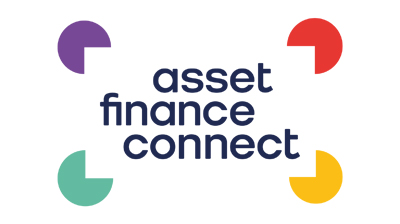Indeed US export growth is predicted to average 9% a year to each country through to 2030.
Additionally, 30% of those US business leaders participating in the HSBC Trade Confidence Index Survey (TCI) identified Asia, especially China and India, as the most promising region for business expansion in the next six months, while a quarter favored Latin America, especially Mexico and Brazil.
Respondents said the biggest areas of opportunity in Asia in the short term are in construction and manufacturing, while in Latin America they are in wholesale and retail.
The index is an international survey of 5,550 small and middle market businesses engaged in cross-border trade including around 250 in the US
Steve Bottomley, HSBC group general manager, senior executive vice president and head of commercial banking for HSBC in North America explained: “Despite near term challenges, there are clearly significant export opportunities in emerging markets and the good news is US businesses are well positioned to take advantage of them, especially as global trade picks up.
“A highly educated workforce, well-developed production processes, and innovative technology will help US businesses plug into increased trade flows, while the rise of the emerging market consumer is helping to lift demand.”
Globally, trade is expected to grow annually by 8% beginning in 2016 from 2.5% in 2013. Over the longer term, the forecast shows that global merchandise trade will more than triple by 2030 from 2013 levels, as businesses capitalize on the rise of the emerging market consumer and developing markets stabilize their productivity levels for the future.
US to overtake Germany as top pharmaceutical exporter
One US sector that is set to benefit from the increased demand from emerging markets consumers is pharmaceuticals. US pharmaceutical exports are expected to grow by nearly 8% a year through to 2030, outpacing overall export growth for the same period.
This will help the US overtake Germany as the leading exporter of pharmaceutical products by 2030 amongst the 25 countries included in the HSBC trade report.
Derrick Ragland, executive vice president and head of US middle market corporate banking, HSBC Bank USA, N.A added: “Rising global demand for better healthcare, especially in emerging markets, is expected to trigger increased spending on healthcare over the next several years.
“As a global innovator in pharmaceuticals and biologicals, US companies should find it easier to expand into or enter new markets.”
Still, the report notes that healthcare reform and an aging population will drive the US trade deficit for pharmaceuticals goods higher through to 2030.
Additionally, to remain competitive, US pharmaceutical companies will need to invest in research and design to promote innovation especially as access to increased supplies of generic products from abroad rises and US patents on many major brand products expire.
Unconventional oil and gas products to lift energy exports
Emerging markets will also be a key focus for US energy trade. The forecast shows that rapidly rising production of unconventional oil and gas products domestically will help lift US energy exports by about 5% per year through to 2030, while petroleum imports will fall from 12% in the near term to 7% in the long term.
Ragland added: “Emerging markets that don’t have refining capabilities or don’t dispose of energy reserves could represent a major opportunity for US energy exporters.”
Also significant is the impact energy exports will have on domestic job growth. Another report commissioned by HSBC earlier this year showed that chemical plant expansions and liquid natural gas (LNG) terminal upgrades, coupled with the opening of Mexico’s energy industry to foreign investment, will result in a new export boom for Houston and will create more than 55,000 new jobs.
Other key findings from the report include:
- US TCI dipped to 110 from 115 six months earlier though still well above the neutral benchmark of 100, indicating that the outlook for trade continues to improve although at a slower pace than previously;
- 60% of US business leaders in the TCI survey expect trade flows to increase, down from 66% six months earlier;
- Industrial machinery and transport equipment are the key industries driving US export expansion now and into the future;
- Top export destinations for the US over the medium term will continue to be Canada, Mexico and China, but Korea and Brazil will displace the slower growing economies of Germany and Japan over the long term to complete the top five;
- Transport equipment and information, communications and technology equipment will continue to drive US imports; and
- China, India and Vietnam will be the fastest growing suppliers of US imports. Imports from China will grow by an average of 7% through 2020, accounting for about one-fifth of all US imports.
HSBC’s Trade Forecast encompasses trade data for 25 countries and territories key to world trade.







